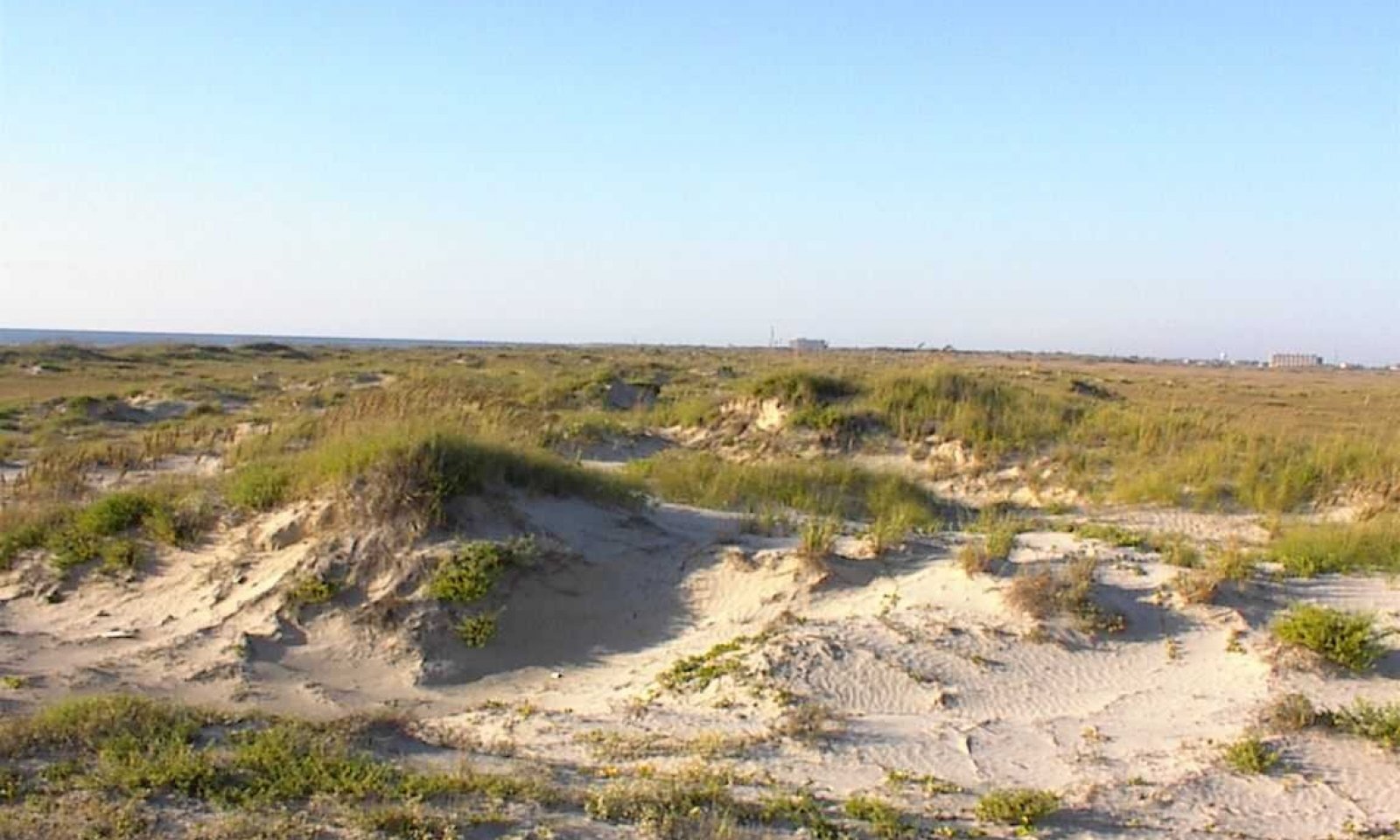
Northern Coastal Sand
Scenario model
Current ecosystem state
Select a state
Management practices/drivers
Select a transition or restoration pathway
-
Transition T1A
Absence of disturbance and natural regeneration overtime, this may be coupled with excessive grazing pressure and the introduction of non-native species
More details -
Transition T1B
Extreme weather events coupled with soil erosion
More details -
Restoration pathway R2A
Establishment of regular disturbance return intervals and chemical/mechanic control of non-native species
More details -
Transition T2A
Extreme weather events coupled with soil erosion
More details -
Restoration pathway R3A
Absence of disturbance, natural regeneration overtime, and chemical/mechanical treatment of non-native species
More details -
Transition T3A
Absence of disturbance and natural regeneration overtime
More details -
No transition or restoration pathway between the selected states has been described
Target ecosystem state
Select a state
Description
The Reference state is considered to representative of pre-Euro settlement conditions. Historically this site was an open prairie comprised of warm-season tall/midgrasses. Community phase changes are primarily driven by severe weather events (hurricanes, drought, etc.), fire, and grazing.
Submodel
Description
The Encroached State is characterized by an increase of long-lived wood species, including non-native species. Woody vegetation has increased to the point where it is controlling site processes including energy transfer, nutrient cycling, and hydrologic cycling. Non-natives species may be present and are stable to increasing.
Submodel
Mechanism
Lack of fire or effective brush control will lead to an increase in woody species. When the woody canopy cover exceeds 15 percent, the site transitions to the Shrubland State (2). Improper grazing management can accelerate this transition. The driver for the Transition T1A is lack of effective brush management, lack of fire, and improper grazing management. Any of the plant communities in the Prairie State can transition to the Shrubland State (2).
Mechanism
The driver is a strong hurricane which floods the site and causes severe soil erosion and/or deposition. Vegetation typically dies from exposure to high salinity from the sea water driven over the site by high winds, from soil erosion that exposes roots, or from being buried under thick sediment or debris deposits. Vegetation loss on these sites varies depending on hurricane severity and can be driven by high winds or high water.
Mechanism
If sufficient native species remain, brush management combined with proper grazing management may be sufficient to drive the community through this restoration pathway. If not, reseeding may be necessary. The driver of this restoration pathway is proper grazing management combined with brush control and/or fire.
Mechanism
The driver is a strong hurricane which floods the site and causes severe soil erosion and/or deposition. Vegetation typically dies from exposure to high salinity from the sea water driven over the site by high winds, from soil erosion that exposes roots, or from being buried under thick sediment or debris deposits. Vegetation loss on these sites varies depending on hurricane severity and can be driven by high winds or high water.
Mechanism
With time, the Hurricane Impacted State (3) can recover and return to the Prairie State (1) under appropriate management practices. Remnant desirable species and adequate seed bank of desirable species facilitate this restoration pathway. The driver for this restoration pathway is time, activities that promote desirable species establishment, and the absence of invasive species establishment. If unwanted shrubs establish, quick intervention with brush management will also be needed for restoration.
Mechanism
The Hurricane Impacted State (3) can transition to the Shrubland State (2). The driver for this restoration pathway is time. The presence of woody propagules and lack of quick intervention of brush management can and the absence of invasive species establishment.
Model keys
Briefcase
Add ecological sites and Major Land Resource Areas to your briefcase by clicking on the briefcase (![]() ) icon wherever it occurs. Drag and drop items to reorder. Cookies are used to store briefcase items between browsing sessions. Because of this, the number of items that can be added to your briefcase is limited, and briefcase items added on one device and browser cannot be accessed from another device or browser. Users who do not wish to place cookies on their devices should not use the briefcase tool. Briefcase cookies serve no other purpose than described here and are deleted whenever browsing history is cleared.
) icon wherever it occurs. Drag and drop items to reorder. Cookies are used to store briefcase items between browsing sessions. Because of this, the number of items that can be added to your briefcase is limited, and briefcase items added on one device and browser cannot be accessed from another device or browser. Users who do not wish to place cookies on their devices should not use the briefcase tool. Briefcase cookies serve no other purpose than described here and are deleted whenever browsing history is cleared.
Ecological sites
Major Land Resource Areas
The Ecosystem Dynamics Interpretive Tool is an information system framework developed by the USDA-ARS Jornada Experimental Range, USDA Natural Resources Conservation Service, and New Mexico State University.
